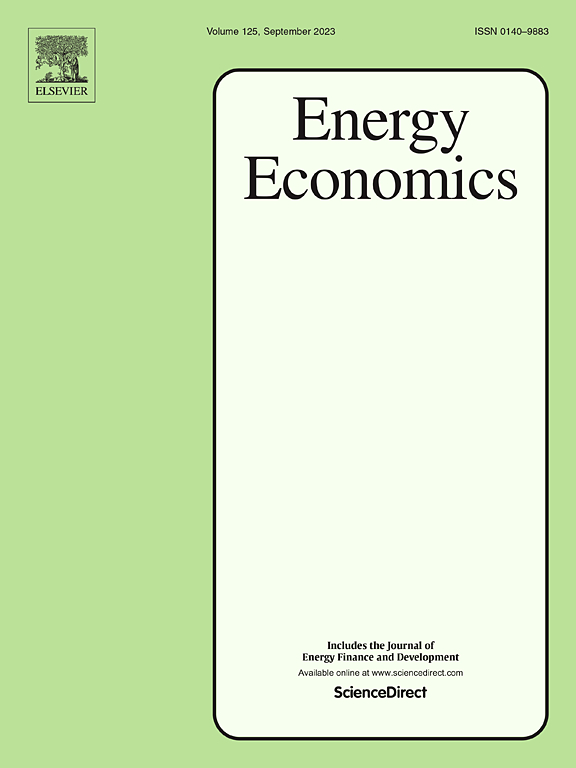Renewable energy support: Pre-announced policies and efficiency
IF 14.2
2区 经济学
Q1 ECONOMICS
引用次数: 0
Abstract
This paper is essentially based on the assumption that policies supporting investment in intermittent renewable technologies cannot be contingent on meteorological events causing this intermittence. This decision was taken by most policymakers to avoid overly complex policy prescriptions. But in doing so, the first-best energy mix may be out of reach. We compare, in a unified second-best setting, the feed-in tariff, renewable premiums and tradable green certificates policy. We consider a “two-period, S-state” model. The S states reflect intermittency. Production decisions for renewable electricity are taken prior to the resolution of the uncertainty while the fossil-fuel sector adjusts its decision in each state. Retailers buy electricity on a state-dependent wholesale market which they deliver to consumers according to a fixed-tariff or a real-time-pricing contract. All these elements matter in the efficiency assessment of these policies.
可再生能源支持:预先公布的政策和效率
这篇论文基本上是基于这样的假设:支持间歇性可再生能源技术投资的政策不能取决于导致这种间歇性的气象事件。大多数决策者之所以做出这一决定,是为了避免过于复杂的政策处方。但这样一来,最佳能源组合可能就遥不可及了。在统一的次优设置下,我们比较了上网电价、可再生电价和可交易绿色证书政策。我们考虑一个“两期s态”模型。S状态反映了间歇性。可再生电力的生产决策是在不确定性解决之前做出的,而化石燃料部门在每个州调整其决策。零售商在依赖国家的批发市场上购买电力,并根据固定电价或实时定价合同将电力输送给消费者。所有这些因素在评估这些政策的效率时都很重要。
本文章由计算机程序翻译,如有差异,请以英文原文为准。
求助全文
约1分钟内获得全文
求助全文
来源期刊

Energy Economics
ECONOMICS-
CiteScore
18.60
自引率
12.50%
发文量
524
期刊介绍:
Energy Economics is a field journal that focuses on energy economics and energy finance. It covers various themes including the exploitation, conversion, and use of energy, markets for energy commodities and derivatives, regulation and taxation, forecasting, environment and climate, international trade, development, and monetary policy. The journal welcomes contributions that utilize diverse methods such as experiments, surveys, econometrics, decomposition, simulation models, equilibrium models, optimization models, and analytical models. It publishes a combination of papers employing different methods to explore a wide range of topics. The journal's replication policy encourages the submission of replication studies, wherein researchers reproduce and extend the key results of original studies while explaining any differences. Energy Economics is indexed and abstracted in several databases including Environmental Abstracts, Fuel and Energy Abstracts, Social Sciences Citation Index, GEOBASE, Social & Behavioral Sciences, Journal of Economic Literature, INSPEC, and more.
 求助内容:
求助内容: 应助结果提醒方式:
应助结果提醒方式:


